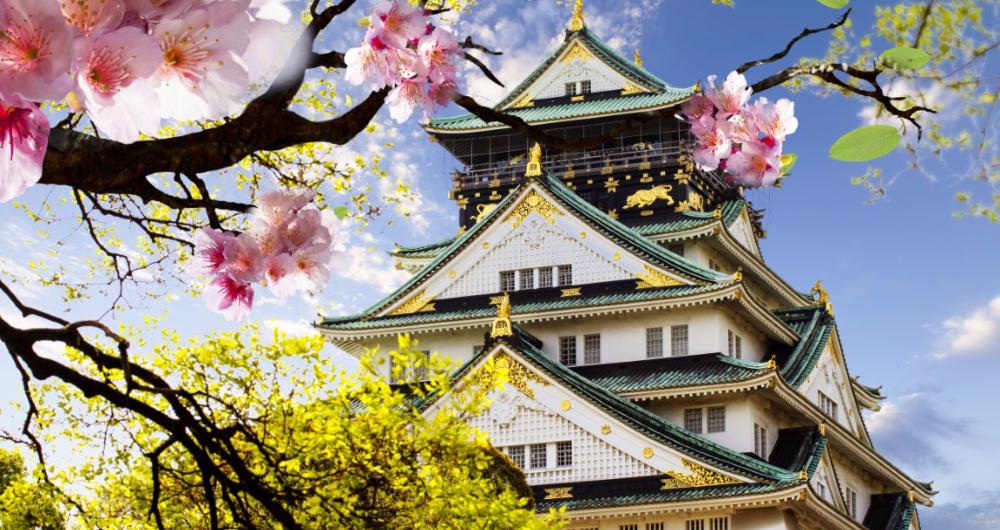Want to explore beyond Kyoto’s temples and teahouses? In this post, I’ll share the temple towns, forest shrines, and peaceful gardens I discovered on weekend and day trips from Kyoto—where every journey deepens the magic of Japan’s ancient heart. These trips offer castles, hot springs, and coastal charm—all just a short train ride away!
If you are in a hurry, I recommend:
Best Day Trips from Kyoto:
1. Amanohashidate - 2.5 hours from Kyoto by train or bus
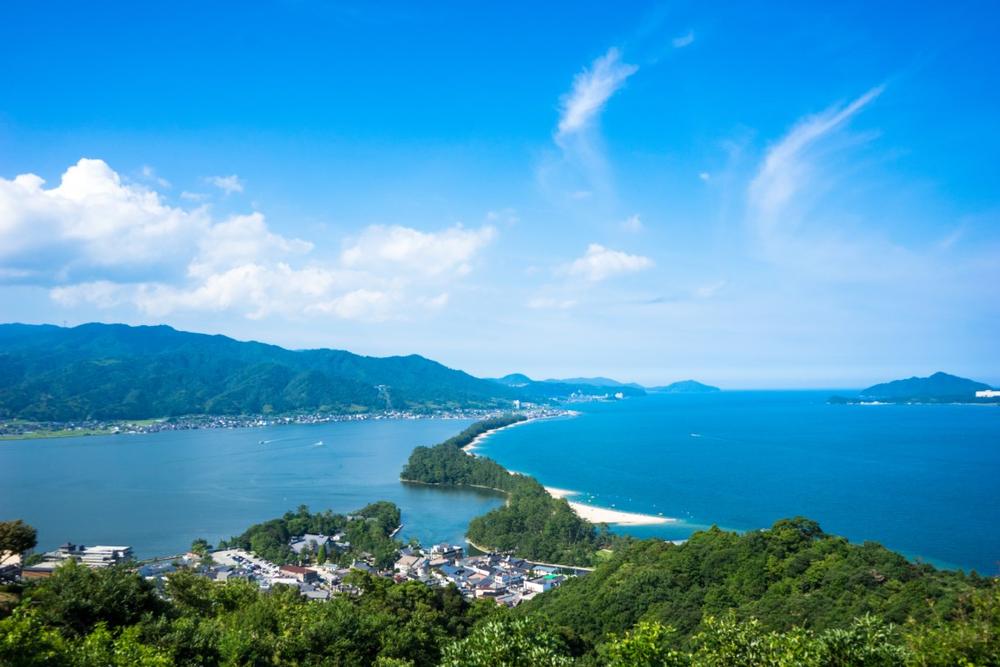
Location:
Miyazu Bay, Kyoto Prefecture, JapanHighlights:
Looking for a view that feels otherworldly? Amanohashidate—which means “bridge in heaven”—offers a peaceful and iconic stretch of sandbar beauty, ranked as one of Japan’s top three scenic views.Recommended For:
Nature lovers, cultural travelers, photographers, and anyone looking to explore Japan’s quiet coastal gems.What I Love: ♥
Serene walking and biking paths, historic shrines and temples, stunning observation points, and its mythic, dreamlike atmosphere.- Stroll or bike the famous sandbar, surrounded by pine trees and scenic bay views.
- Visit ancient sites including Kono Shrine, Chionji Temple, and the mountaintop observation decks.
- Ride the cable car or chair lift up to the view decks for the signature “bridge to heaven” perspective.
- Enjoy local attractions like a small amusement park, traditional shops, and regional cuisine.
Cost:
Free access to the sandbar; some observation decks and attractions may charge a small fee.Best time to visit:
Spring and Fall for clear skies, comfortable temperatures, and vibrant seasonal colors.Local tips:
For the best view, try the tradition of looking at the sandbar upside down between your legs—it’s said to resemble a path to the heavens!Distance:
2.5 hours from Kyoto by train or bus.How to Get to Amanohashidate:
Take the JR Hashidate limited express train from Kyoto Station to Amanohashidate Station, or a highway bus from Kyoto or Osaka. Personal vehicles are not allowed on the sandbar itself.Address:
Amanohashidate, Miyazu Bay, Kyoto Prefecture, Japan2. Arashiyama - 30 minutes from central Kyoto
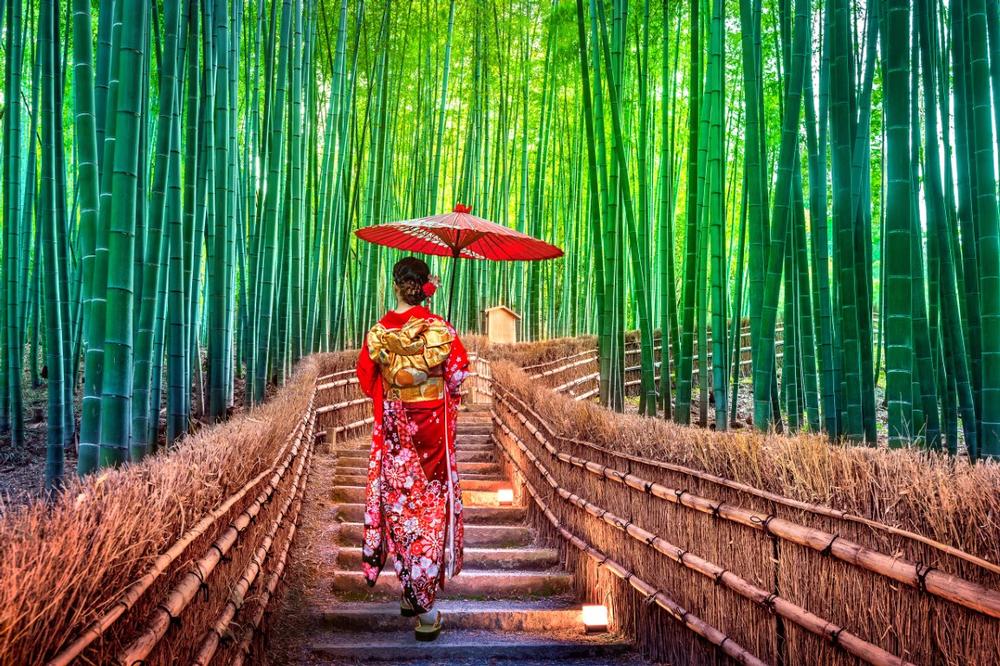
Location:
Arashiyama, Kyoto, JapanHighlights:
Craving quiet beauty, cultural depth, and one of Japan’s most iconic walks? Arashiyama is Kyoto’s second most treasured destination, home to the breathtaking Bamboo Grove and timeless riverfront temples at the foot of the Arashiyama Mountains.Recommended For:
First-time Kyoto visitors, nature photographers, couples, cultural explorers, and fans of serene walks and historical beauty.What I Love: ♥
The ethereal Bamboo Grove, riverside strolls across the Togetsu-Kyo Bridge, cherry blossom views from a boat, and the peaceful beauty of the Okochi-Sanso Villa.- Walk the famous Bamboo Grove and soak in the towering green canopy—it’s unlike anywhere else in the world.
- Explore Tenryu-Ji Temple, a UNESCO World Heritage site with gorgeous Zen gardens just steps from the grove.
- Stroll across the Togetsu-Kyo Bridge for postcard-perfect river views with the Arashiyama Mountains in the backdrop.
- Escape the crowds at Kameyama-Koen Park, ideal for peaceful walks and monkey sightings in nature.
- Visit the Okochi-Sanso Villa, an imperial retreat with manicured gardens and unmatched views—no reservation required.
- Rent a boat to paddle the Hozugawa River, especially magical during cherry blossom season.
Cost:
Most outdoor areas are free; Tenryu-Ji and Okochi-Sanso Villa have modest entrance fees.Best time to visit:
Spring for cherry blossoms, Autumn for brilliant fall foliage, and early morning year-round to avoid crowds.Local tips:
Arrive before 9 AM to enjoy the Bamboo Grove before the tour buses arrive, and wear good walking shoes—the paths are extensive.Distance:
About 30 minutes from central Kyoto.How to Get to Arashiyama:
Take the JR Sagano Line from Kyoto Station to Saga-Arashiyama Station, or hop on the Hankyu Line to Arashiyama Station for direct access to the riverside area.Address:
Arashiyama, Kyoto, Japan3. Awaji Island
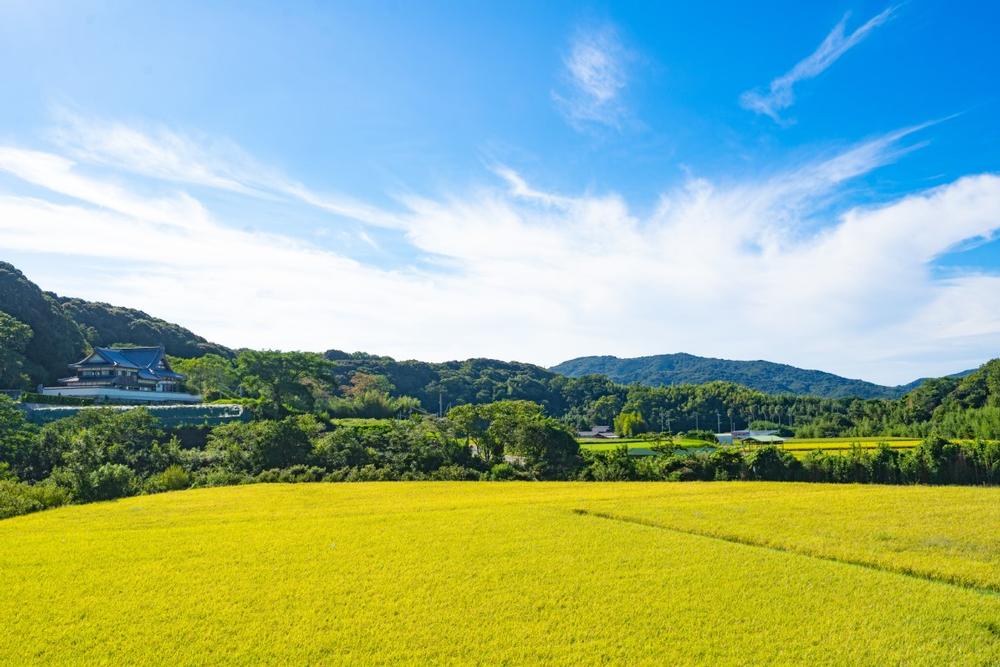
Location:
Awaji Island, Hyogo Prefecture, JapanHighlights:
Looking for a destination steeped in myth, food, and hot spring bliss? Awaji Island is where Japanese legend begins—and where visitors today can unwind in coastal beauty, indulge in world-class cuisine, and soak in soothing onsen waters.Recommended For:
Culture seekers, foodies, wellness travelers, and anyone who wants to experience the spiritual and sensory essence of Japan.What I Love: ♥
Sacred history, coastal hot spring resorts, legendary Kobe Beef heritage, and unforgettable sea views paired with local hospitality.- Visit ancient shrines, mythological sites, and gardens that once served the Imperial family.
- Taste Kobe Beef sourced from Awaji cattle—prized for its unmatched marbling and flavor.
- Relax in rooftop and open-air hot spring baths with stunning sea and mountain views.
- Stay in traditional ryokans or modern spas with day-use options and overnight packages.
Cost:
Varies by activity; hot springs range from ¥600 to ¥1500; lodging and meals priced separately.Best time to visit:
Year-round for hot springs; Spring and Autumn are best for mild weather and seasonal foods.Local tips:
Consider renting a bike or car to explore the island fully—there’s more than one scenic viewpoint and shrine to uncover!Distance:
About 2 hours from Osaka or Kobe by car or highway bus.How to Get to Awaji Island:
From Osaka or Kobe, take the express bus or drive via the Akashi Kaikyo Bridge—the world’s longest suspension bridge. Public transport options also include ferries and local buses.Address:
Awaji IslandSumotokenkofukushikan F1, 2-26 Minato, Sumoto-shi, Hyogo-ken 656-0027
4. Enryukuji Temple
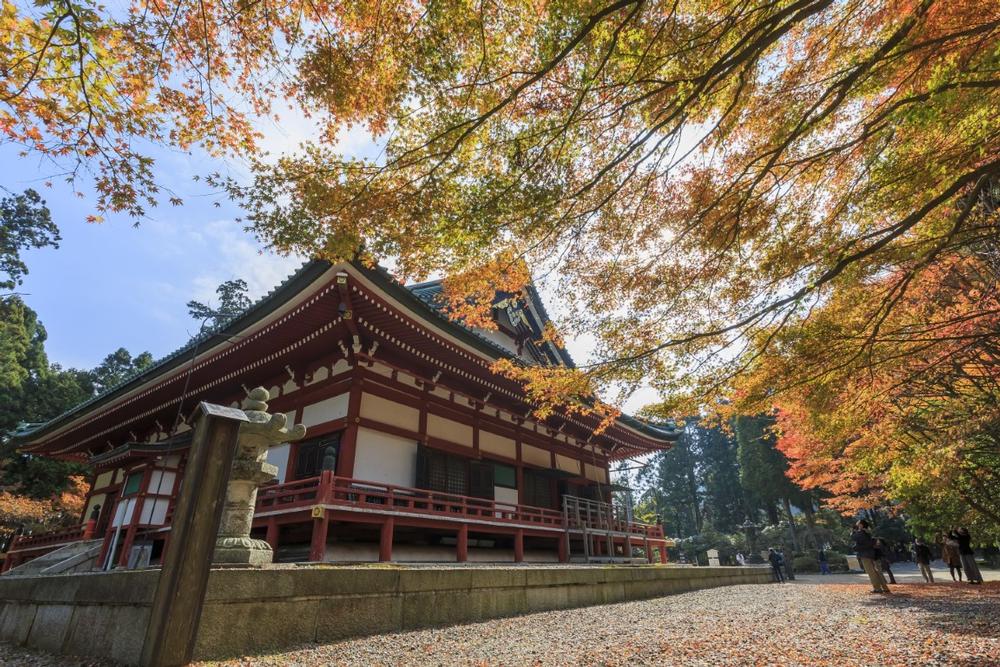
Location:
Mount Hiei, Otsu, Shiga Prefecture, JapanHighlights:
Want to experience spiritual Japan at its peak—literally? Enryukuji Temple atop Mount Hiei is a profound journey into ancient Buddhist tradition, mountain serenity, and awe-inspiring architecture.Recommended For:
History lovers, spiritual travelers, culture seekers, and hikers interested in sacred sites and ancient temples.What I Love: ♥
UNESCO recognition, marathon monk traditions, original Buddhist carvings by Saicho, and the sweeping mountaintop views over Kyoto and Lake Biwa.- Tour the historic Eastern and Western Pagoda Areas—home to some of the oldest surviving temple structures.
- Visit the Kokuhoden Museum to view cultural treasures and religious artifacts from the temple’s thousand-year history.
- Stand in awe at the Shaka-do, which contains a hand-carved image of Buddha made by the temple’s founder, Saicho.
- Learn about the “marathon monks” of Mount Hiei—ascetic practitioners who undertake grueling endurance rituals as acts of devotion.
Cost:
¥700 for adults; additional fees may apply for the museum and shuttle services.Best time to visit:
Spring and Autumn for vibrant scenery, clear views, and temple gardens in bloom or brilliant fall color.Local tips:
Wear sturdy shoes for walking the temple grounds, and allow extra time for the cable car or shuttle up the mountain.Distance:
1 hour from central Kyoto by train and cable car.How to Get to Enryukuji Temple:
From Kyoto Station, take the JR Kosei Line to Hieizan-Sakamoto Station. Walk to the Sakamoto Cable Car to reach the summit. From there, follow signs to the temple grounds.Address:
Enryukuji Temple, 4220 Sakamotohonmachi, Otsu, Shiga 520-0116Phone: 07-75-78-00-01
5. Expo ’70 Commemorative Park
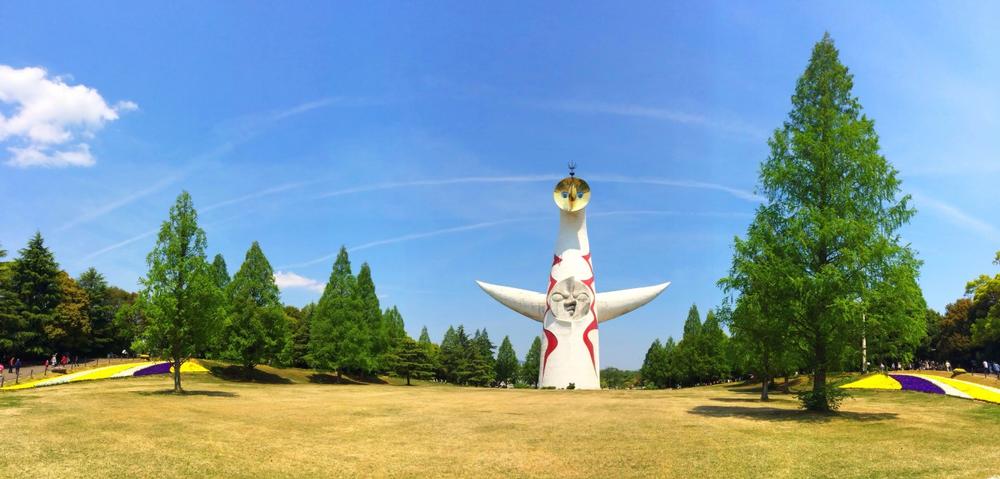
Location:
Suita, Osaka, JapanHighlights:
Want a place where nature, culture, and cutting-edge fun come together? Expo ’70 Commemorative Park is a massive public space filled with cherry blossoms, museums, family-friendly attractions, and the legacy of Japan’s historic 1970 World Expo.Recommended For:
Families, tech enthusiasts, nature lovers, architecture fans, and anyone visiting Osaka looking for a day of variety and discovery.What I Love: ♥
The iconic Tower of the Sun, cherry blossoms in April, hands-on museums, a giant Ferris wheel, and an incredible shopping and dining experience at Expocity.- Walk among over 5,000 cherry blossom trees in full bloom each April—one of Osaka’s top hanami spots.
- Marvel at the Tower of the Sun, a famous Expo artwork and national cultural icon.
- Visit the museums and gardens that explore the past, present, and future of Japanese creativity and innovation.
- Take the kids to Nifrel aquarium and Orbi Osaka for immersive learning and fun.
- Shop and eat at Expocity—Japan’s largest three-story shopping mall with over 300 stores and dining options.
- Ride Japan’s tallest Ferris wheel for a breathtaking view of the city and park.
Cost:
Park entry is around ¥260; attraction and museum tickets sold separately.Best time to visit:
Early April for cherry blossoms or anytime for family fun and shopping.Local tips:
Get there early during cherry blossom season—picnic spots fill quickly! And don’t miss the interactive exhibits inside the Tower of the Sun if open.Distance:
About 40 minutes from central Osaka by train.How to Get to Expo ’70 Commemorative Park:
From Osaka Station, take the Hankyu or Osaka Monorail Line to Banpaku-Kinen-Koen Station. The park entrance is just a short walk away.Address:
Expo ’70 Commemorative Park, 1-1 Senribanpakukoen, Suita, Osaka 565-0826, JapanPhone: +81-6-68-77-73-87
Romantic Day Trips from Kyoto:
6. Fushimi and Uji
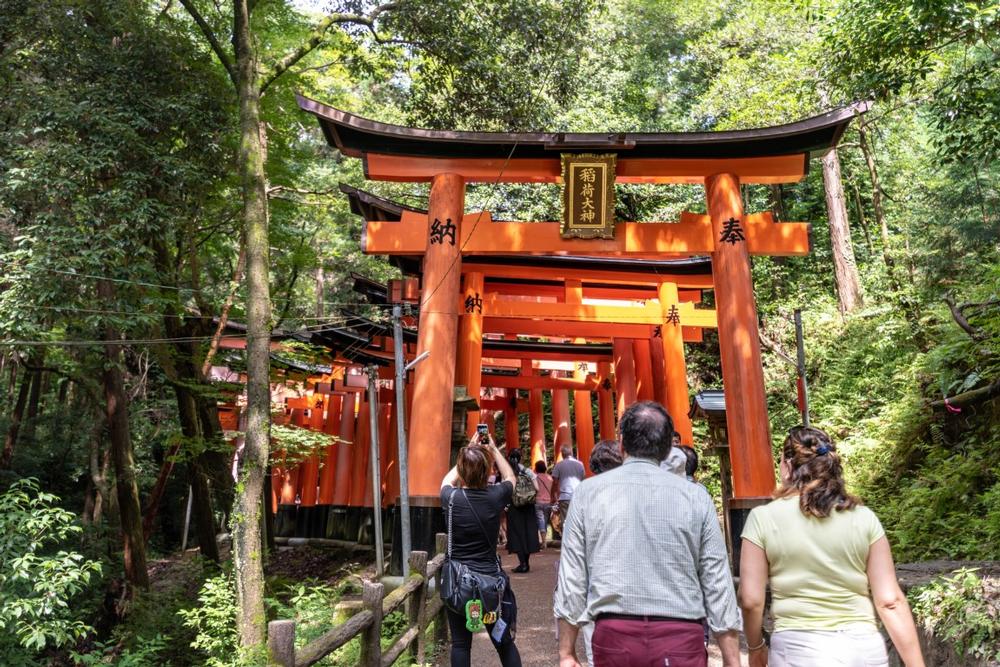
Location:
Fushimi, Kyoto, JapanHighlights:
Want to experience a quieter side of Kyoto steeped in sake, samurai, and shrine lore? Fushimi is just south of the city, where historic breweries meet tranquil canals and the famous Fushimi-Inari-Taisha Shrine lights the spiritual path.Recommended For:
Sake lovers, cultural explorers, history buffs, and visitors looking for a scenic and traditional Kyoto experience.What I Love: ♥
Iconic shrine gates, Jikkokubune canal cruises, historic sake breweries, and an overnight stay in a samurai-era inn.- Visit the Fushimi-Inari-Taisha Shrine, known for its thousands of vermilion torii gates and dedication to the god of rice and sake.
- Cruise the tree-lined canals on a Jikkokubune boat for a peaceful ride through the district’s brewery-lined waterways.
- Tour local sake breweries and museums to learn how Fushimi's pristine water contributes to Japan’s most beloved drink.
- Stay overnight at the Okura Kinenkan, a beautifully preserved 19th-century river inn once visited by samurai hero Sakamoto Ryoma.
- Celebrate the Sake Festival in March for tastings, local food, and cultural performances in the heart of sake country.
Cost:
Shrine entry is free; canal cruises and sake tours typically range from ¥300–¥1000.Best time to visit:
Spring for the Sake Festival and cherry blossoms, or Autumn for colorful foliage along the canal.Local tips:
Many sake breweries offer free tastings—just ask! Arrive early at the shrine to avoid crowds and enjoy the torii gate path in peace.Distance:
About 20–25 minutes from central Kyoto by train.How to Get to Fushimi:
From Kyoto Station, take the JR Nara Line or Keihan Line to Fushimi Inari Station or Chushojima Station. Walking paths and signage make exploring easy.Address:
Fushimi, Kyoto, Japan7. Hikone
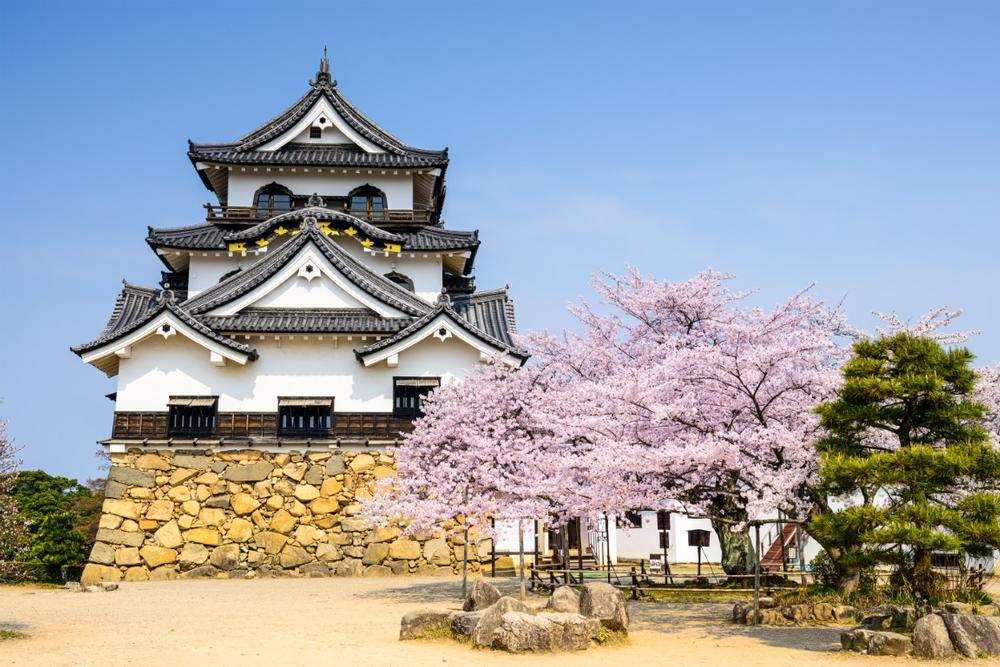
Location:
Hikone, Shiga Prefecture, JapanHighlights:
Looking for a day trip steeped in samurai history, seasonal beauty, and castle charm? Hikone is a must-visit destination where you can explore a perfectly preserved Edo-period castle and attend some of Japan’s most colorful traditional festivals.Recommended For:
History enthusiasts, castle lovers, cultural festival goers, and spring or autumn travelers.What I Love: ♥
The iconic Hikone Castle, the festive and theatrical Castle Parade in November, stunning cherry blossoms in April, and Buddhist lanterns glowing in August.- Experience the annual Hikone Castle Festival Parade in November, where nearly 1,000 participants dress as feudal lords and red devil soldiers.
- Visit Hikone Castle, built in 1622 by two samurai brothers—one of Japan’s few original castles and stunning in the moonlight.
- Enjoy the Cherry Blossom Festival held during the first three weeks of April with breathtaking views of the castle framed by sakura trees.
- Join the Buddhist Lantern Festival in August for a serene and spiritual evening under glowing lanterns.
- Walk the castle grounds and gardens for scenic views and a peaceful break from the bustle of city life.
Cost:
Entry to Hikone Castle is about ¥800; festival events are typically free to view.Best time to visit:
April for cherry blossoms, August for lanterns, and November for the Castle Parade.Local tips:
Arrive early during festivals to secure a good viewing spot, and don’t miss the museum near the castle for historical context and samurai artifacts.Distance:
About 1 hour and 20 minutes from Kyoto by train.How to Get to Hikone:
From Kyoto Station, take the JR Biwako Line to Hikone Station. From there, it’s about a 15-minute walk to the castle and main festival areas.Address:
1-1 Konki-Cho, Hikone, Shiga Prefecture 522-0061, JapanPhone: +81-07-49-22-27-42
Family Day Trips from Kyoto:
8. Himeji
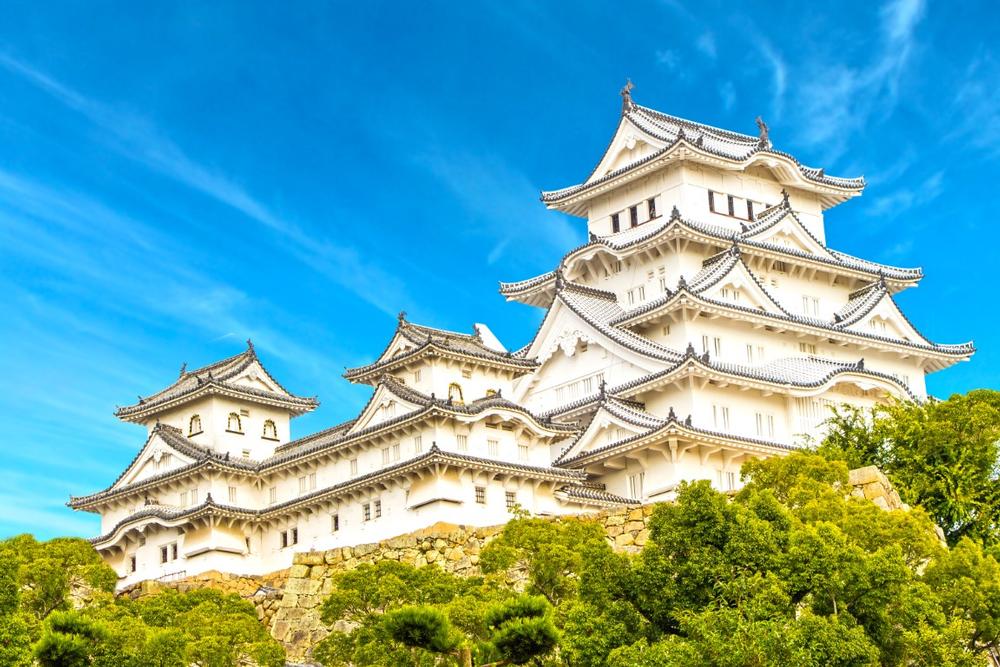
Location:
Himeji, Hyogo Prefecture, JapanHighlights:
Love ancient castles that feel like they’ve stepped out of a samurai film? Himeji is home to Japan’s most iconic feudal castle—majestic, perfectly preserved, and soaring like a white heron above the city skyline.Recommended For:
History lovers, architecture buffs, photographers, and travelers exploring UNESCO sites or samurai-era culture.What I Love: ♥
The dazzling white plaster exterior of Himeji Castle, its maze-like defense paths, cherry blossom views, and the cinematic atmosphere of Mount Shosha.- Tour the Himeji Castle, a UNESCO World Heritage Site and Japan’s best-preserved feudal-era castle, also known as the “White Heron Castle.”
- Climb the six-story interior for panoramic views and historical displays detailing its samurai past.
- Visit Kokoen Garden next door—a beautiful set of Edo-period style gardens perfect for a quiet stroll.
- Take a cable car up Mount Shosha to Engyo-ji Temple, the mystical temple mountain featured in *The Last Samurai*.
Cost:
Castle entry is around ¥1,000; combo tickets with Kokoen Garden available.Best time to visit:
Spring (early April) for cherry blossoms or Autumn for crisp weather and fewer crowds.Local tips:
Arrive early during cherry blossom season—castle access may be limited due to high traffic. Wear comfortable shoes for castle stairs and Mount Shosha paths.Distance:
About 55 minutes from Kyoto by Shinkansen (bullet train).How to Get to Himeji:
From Kyoto, take the JR Shinkansen Line to Himeji Station. The castle is a 15-minute walk or short bus ride from the station.Address:
68 Honmachi, Himeji City, JapanPhone: 07-92-85-11-46
9. Kanazawa
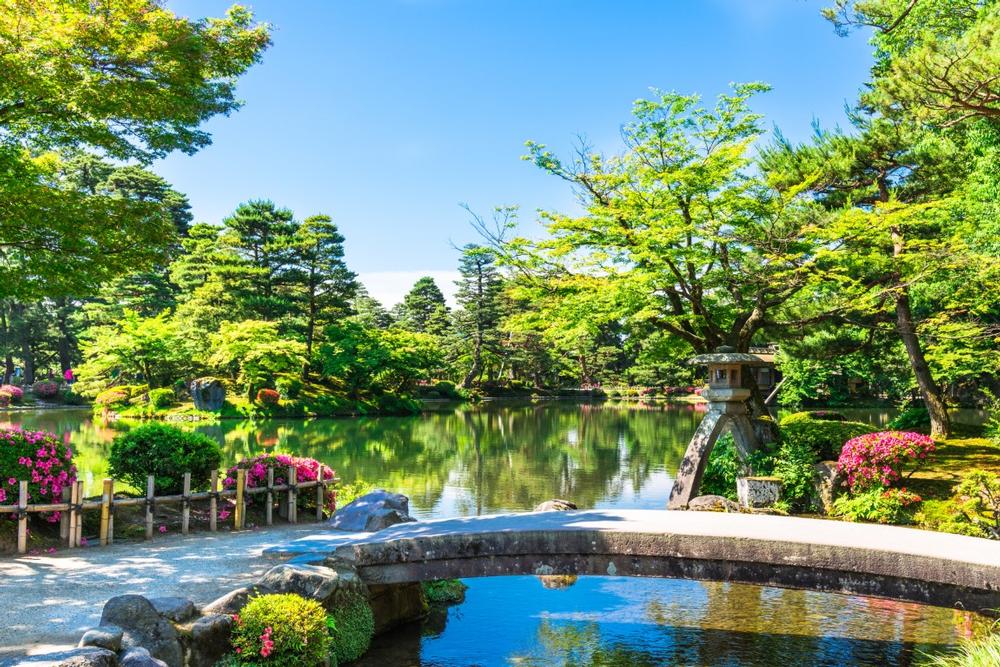
Location:
Kanazawa, Ishikawa Prefecture, JapanHighlights:
Looking for a cultural getaway with all the elegance of Kyoto but fewer crowds? Kanazawa is a hidden gem on the Sea of Japan coast where samurai history, stunning gardens, and geisha traditions live on.Recommended For:
Cultural travelers, history lovers, garden enthusiasts, and those looking for a quieter, authentic taste of old Japan.What I Love: ♥
The meticulously preserved Nagamachi samurai district, atmospheric teahouses in the Higashi Geisha District, and the iconic Kenrokuen Garden—one of Japan’s top three traditional gardens.- Walk through the Nagamachi samurai district, with its earthen walls, restored homes, and Edo-era ambiance.
- Visit Kenrokuen Garden, a landscaped masterpiece built by the Maeda family—open to the public since 1871.
- Enjoy tea and traditional entertainment in Higashi Chaya District, where some teahouses still host geisha performances.
- Explore Kanazawa Castle Park and adjacent museums that bring the city’s samurai and feudal history to life.
Cost:
Garden and museum entry from ¥300–¥500; many historic districts are free to explore on foot.Best time to visit:
Spring for cherry blossoms in Kenrokuen, or Autumn for golden foliage and pleasant walking weather.Local tips:
Try the gold leaf soft serve—Kanazawa is known for its artisanal gold leaf production and many local treats sparkle with edible gold!Distance:
About 2.5 hours from Kyoto by limited express train or Hokuriku Shinkansen.How to Get to Kanazawa:
From Kyoto, take the Thunderbird Limited Express or transfer to the Hokuriku Shinkansen via Kanazawa Station. The historic areas and gardens are easily walkable or accessible by loop bus.Address:
Kanazawa, Ishikawa Prefecture, Japan📔 I get asked this a lot so I decided to include it:
-
Question: What was Kyoto's historical role in Japan?
Answer: Kyoto was the capital of Japan. -
Question: Where is Kyoto located?
Answer: Kyoto is located on the island of Honshu in the valley of the Yamashiro Basin, in the Eastern Tamba Highlands. -
Question: What landmarks is Kyoto known for?
Answer: Kyoto is known for its many classical Buddhist temples, Imperial Palaces, gardens, ancient Shinto Shrines, and wooden houses. -
Question: What natural features surround Kyoto?
Answer: The city is surrounded by three mountains, and three rivers run through the valley. -
Question: What outdoor activities can visitors enjoy in Kyoto?
Answer: Kyoto offers fantastic opportunities for outdoor recreation and sightseeing.
Best Time for Day Trips from Kyoto, Japan:
- March to May – Spring brings cherry blossoms, pleasant weather, and perfect conditions for gardens, temples, and mountain towns.
- June to August – Summer is lush and lively—great for river escapes, shaded shrines, and traditional festivals.
- September to November – Autumn offers crisp air and vibrant foliage—ideal for scenic hikes, cultural villages, and historic sites.
- December to February – Winter brings peaceful temple grounds, hot springs, and snowy countryside retreats with fewer crowds.
Map:
Plan Your Trip


